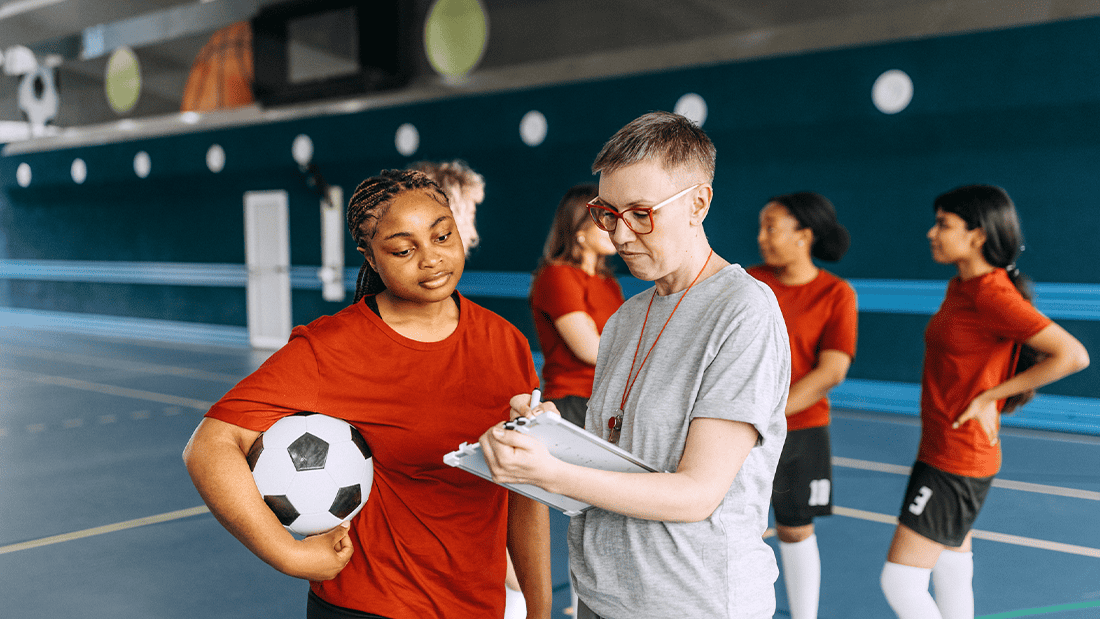Denis Shapovalov
When we arrived Toronto for the ATP Masters in July the first player we filmed was Dominic Thiem, practicing with a young lefty player I didn’t recognize at the time, Canadian junior Wimbledon champion Denis Shapovalov. The next thing you know Denis beats Nick Krygios in the first round.
So here is a look! One handed backhand with a strong grip, a somewhat loopy, explosive forehand, and a lefty serve motion that resembles Pete Sampras technically. How far can Denis go? (He lost to Grigor Dimitrov in the next round in Toronto and is out there on the challenger circuit as we speak.)
Look at his game and tell us what you think!
When we arrived Toronto for the ATP Masters in July the first player we filmed was Dominic Thiem, practicing with a young lefty player I didn’t recognize at the time, Canadian junior Wimbledon champion Denis Shapovalov. The next thing you know Denis beats Nick Krygios in the first round.
So here is a look! One handed backhand with a strong grip, a somewhat loopy, explosive forehand, and a lefty serve motion that resembles Pete Sampras technically. How far can Denis go? (He lost to Grigor Dimitrov in the next round in Toronto and is out there on the challenger circuit as we speak.)
Look at his game and tell us what you think!



 The Volley and Hitting the ball out of the air...Linear Algebra. Minimize to Maximize. Permutations and Combinations.
The Volley and Hitting the ball out of the air...Linear Algebra. Minimize to Maximize. Permutations and Combinations.

Comment